Stephen Burks and Malika Leiper transform everyday mats into sculptural seating in Senegal
Using woven plastic mats and zip ties, the New York designers explore local vernacular and creative adaptation at the Albers Foundation’s Thread residency
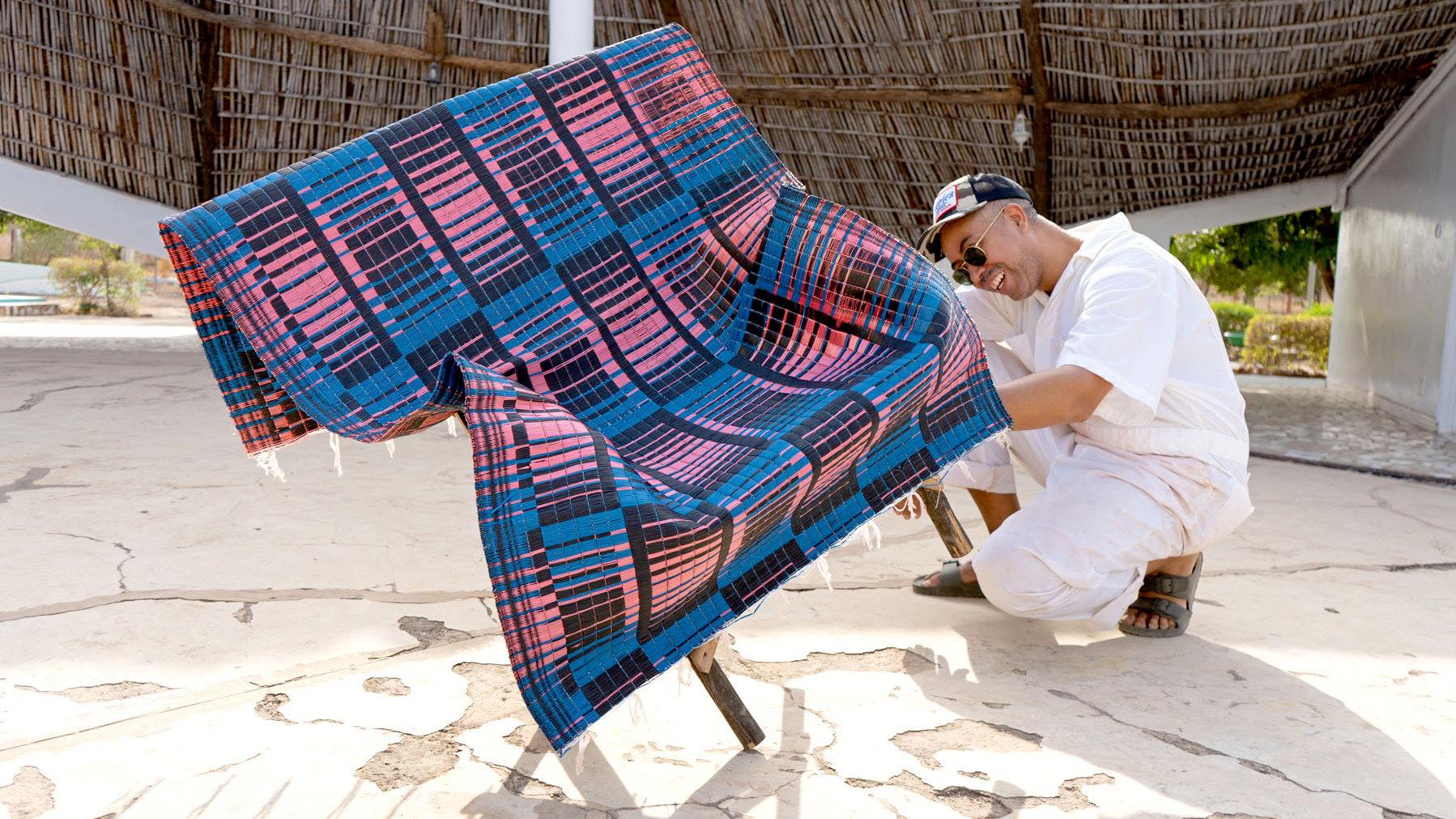
There’s a ubiquitous woven mat found across Senegal, crafted from brightly coloured ribbons of plastic. These mats form part of everyday life – laid out for informal gatherings, used as makeshift flooring in shops and markets, or as a place of prayer. Their function is fluid, adapting to the needs of the moment.
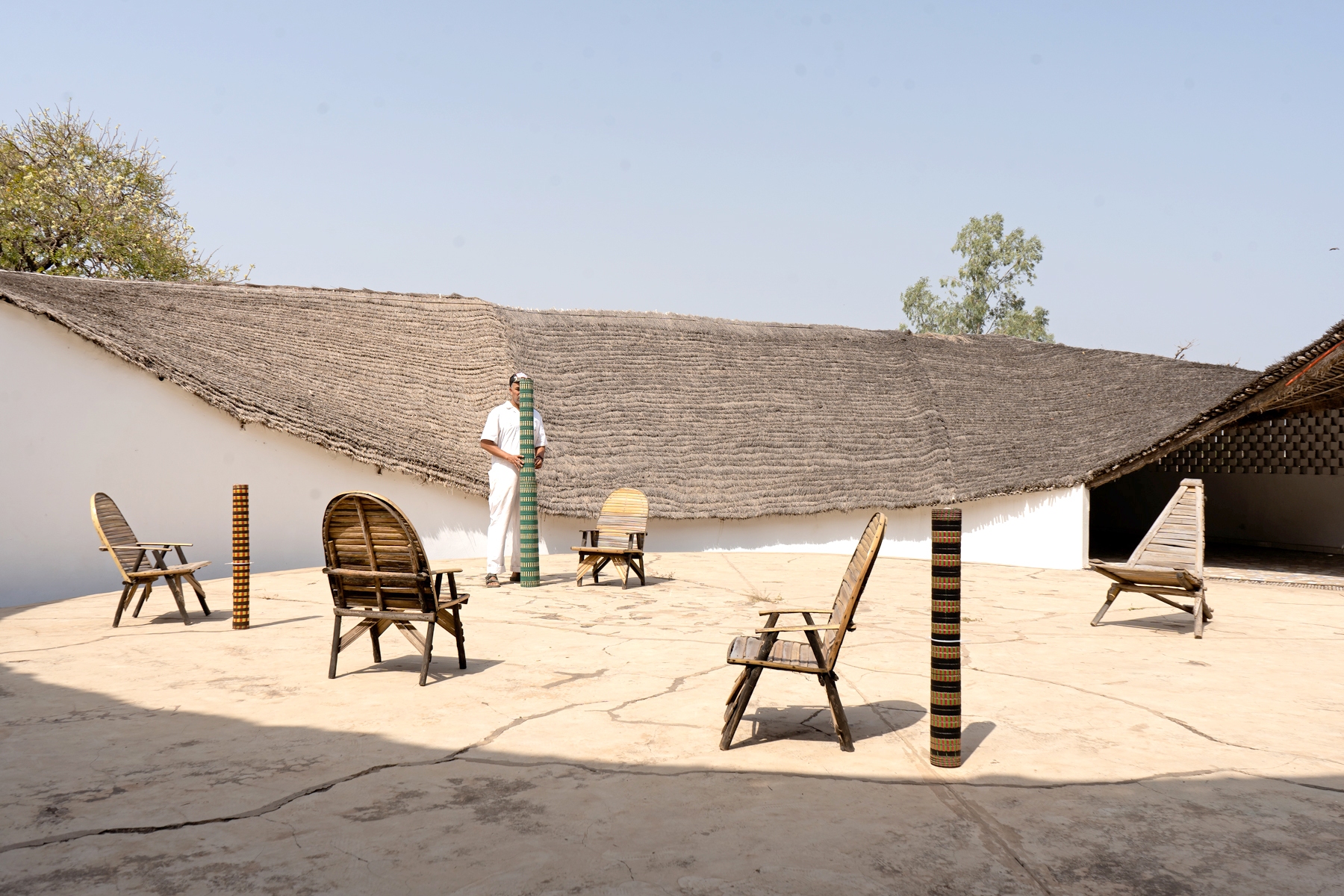
Burks at Thread, with local chairs and mats, ready to be combined for the project
Earlier in 2025, during a residency with the Josef and Anni Albers Foundation in Sinthian, a rural village in the southeastern region of Senegal, the mats caught the eye of New York-based designers Stephen Burks and Malika Leiper.
‘Wandering the local market, we were struck by the densely packed stalls full of colorful folded woven mats,’ Leiper told Wallpaper*. ‘Initially, we could only see the edges and accessing them required clever negotiation with the reluctant adolescent shopkeepers. The colour, pattern, and flexibility of the mats seemed ideal for what we had in mind. They also reminded us of our previous work with Senegalese basket weavers.’
The residency, for which there is no fixed brief, takes place at Thread, an artist retreat and community centre designed by Toshiko Mori. Beneath its large, undulating thatched roof sit two open-air studios – shaded gathering spaces furnished with simple, locally made bamboo chairs, used daily by children and elders from the village.
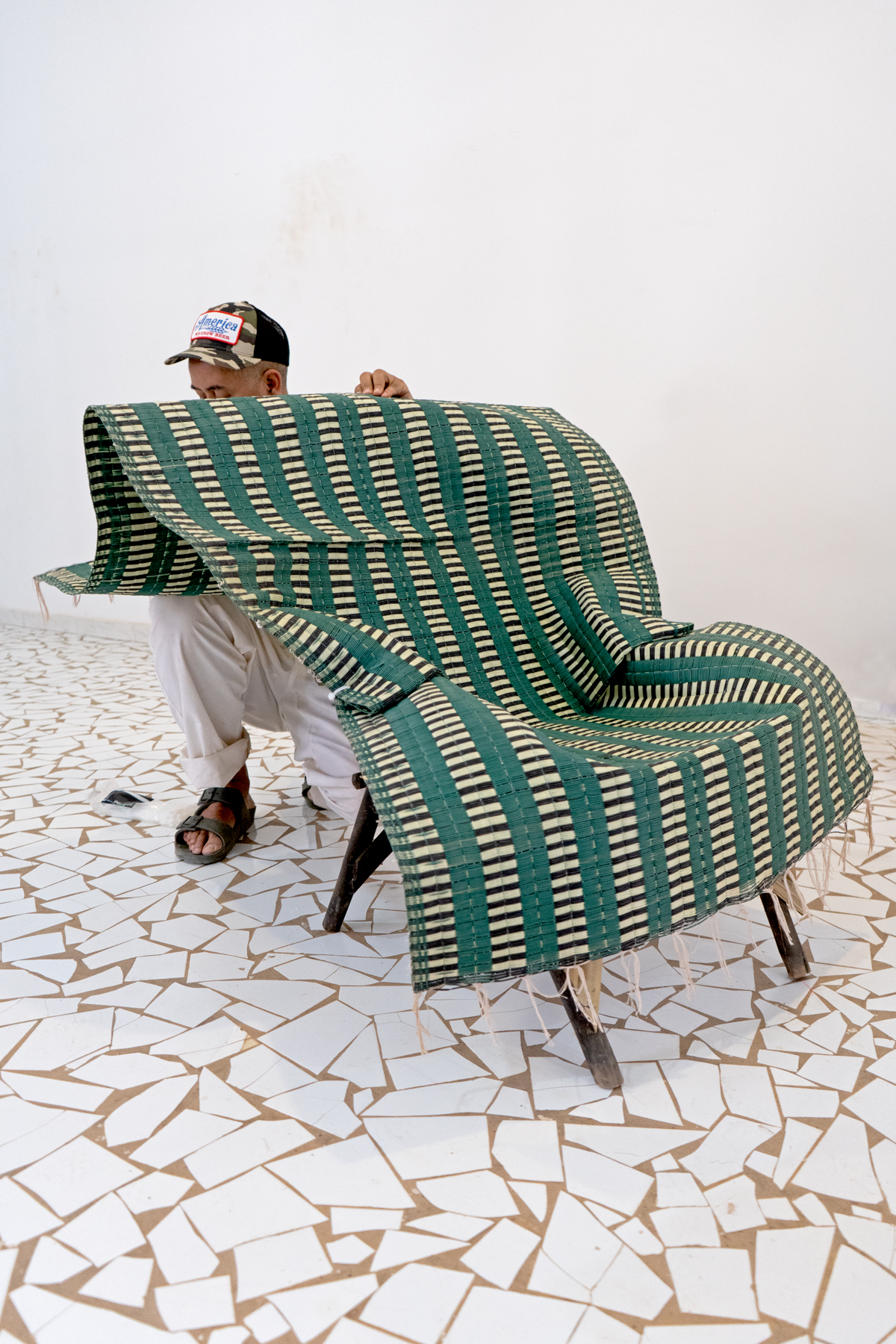
Burks and one of the completed 'Mattts' chairs
Seeing an opportunity to create something more in dialogue with the local vernacular, Burks and Leiper purchased a selection of mats and industrial zip ties from the neighbouring town of Tambacounda. They began folding, tucking and fastening the mats onto the bamboo frames, transforming them into several throne-like seating prototypes – using design as a tool for adaptation rather than invention.
Burks and Leiper found that by pressing the flat woven mats into the spaces between the bamboo armrests, they were able to create organic, flowing forms that offered a surprising degree of comfort – more than the original chairs had provided.
‘Applying a rectangular form like the woven mat to curved bamboo chairs created unexpected formal relationships that took us by surprise,’ recalls Leiper. ‘Although most of the elders barely noticed our dramatic interventions, the children were curious and delighted.’
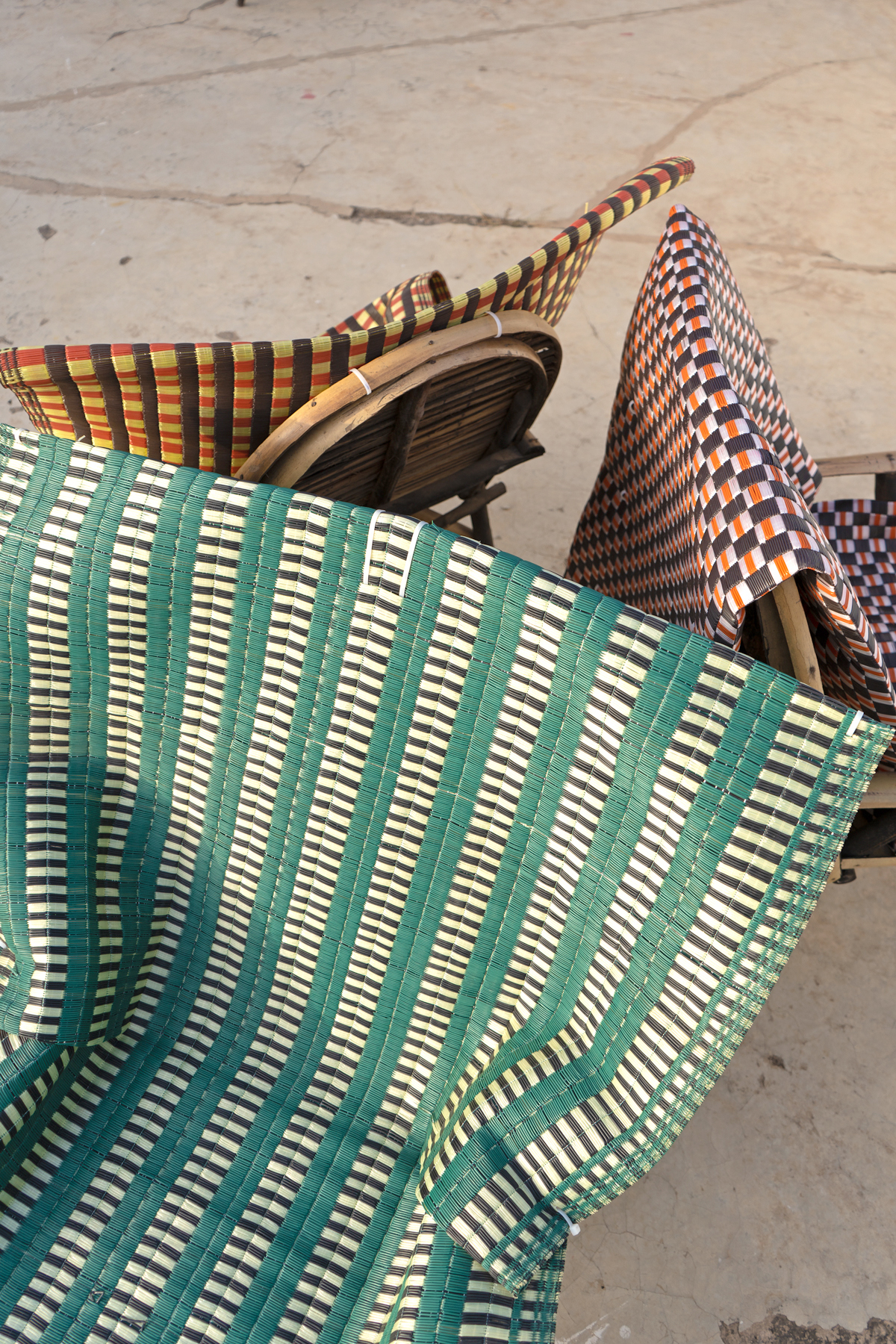
Although ergonomic considerations were present, first and foremost, the project was an exploration of the sculptural possibilities of the mats in dialogue with Toshiko Mori's community centre.
Receive our daily digest of inspiration, escapism and design stories from around the world direct to your inbox.
‘We wanted to respond to our surroundings with a project that could be in dialogue with the architecture, the people, and their culture,’ explains Burks, whose practice explores who design is for – and how more people can be included in shaping it. ‘We're naturally always interested in the social dimension - how people live with things and how that use connects to their culture.’
While the project is considered an artwork by the foundation, the 'Mattts' chairs will remain outdoors to be moved and used like their original bamboo counterparts. Alongside three lampshades and two pillow-like suspended sculptures, the chairs are now part of the architectural fabric of the foundation. ‘Mattts is a “readymade” or what one might think of as an open object,’ reflect the duo. ‘Its artistic intention in the social dimension is just as important as its perception as a functional product. We see it as a starting point – both a contribution to the community at Thread and fuel for what might one day be a commercial product.’ Watch this space.
Ali Morris is a UK-based editor, writer and creative consultant specialising in design, interiors and architecture. In her 16 years as a design writer, Ali has travelled the world, crafting articles about creative projects, products, places and people for titles such as Dezeen, Wallpaper* and Kinfolk.
-
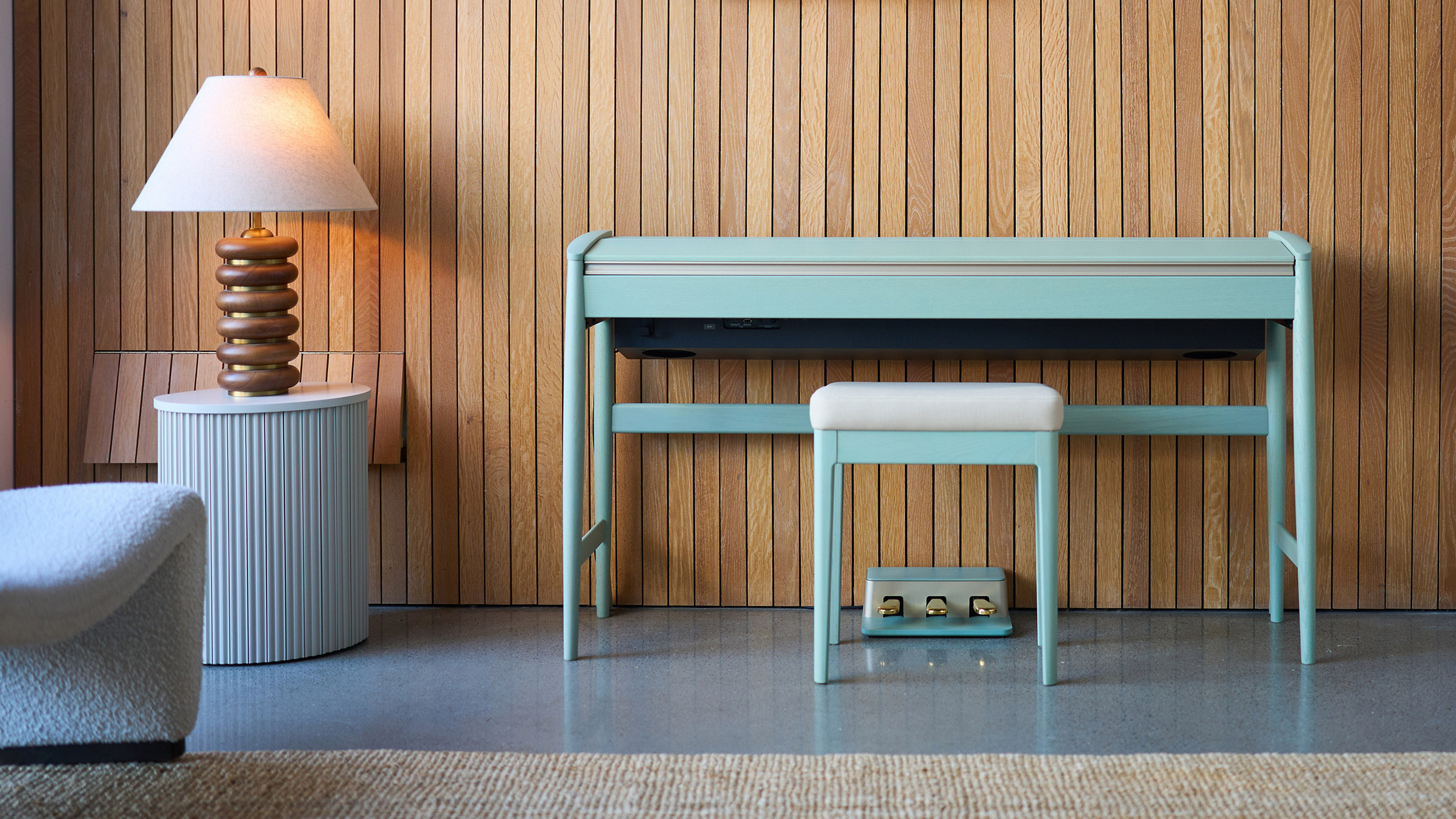 Roland and Karimoku expand their range of handcrafted Kiyola digital pianos
Roland and Karimoku expand their range of handcrafted Kiyola digital pianosThe new Roland KF-20 and KF-25 are the latest exquisitely crafted digital pianos from Roland, fusing traditional furniture-making methods with high-tech sound
-
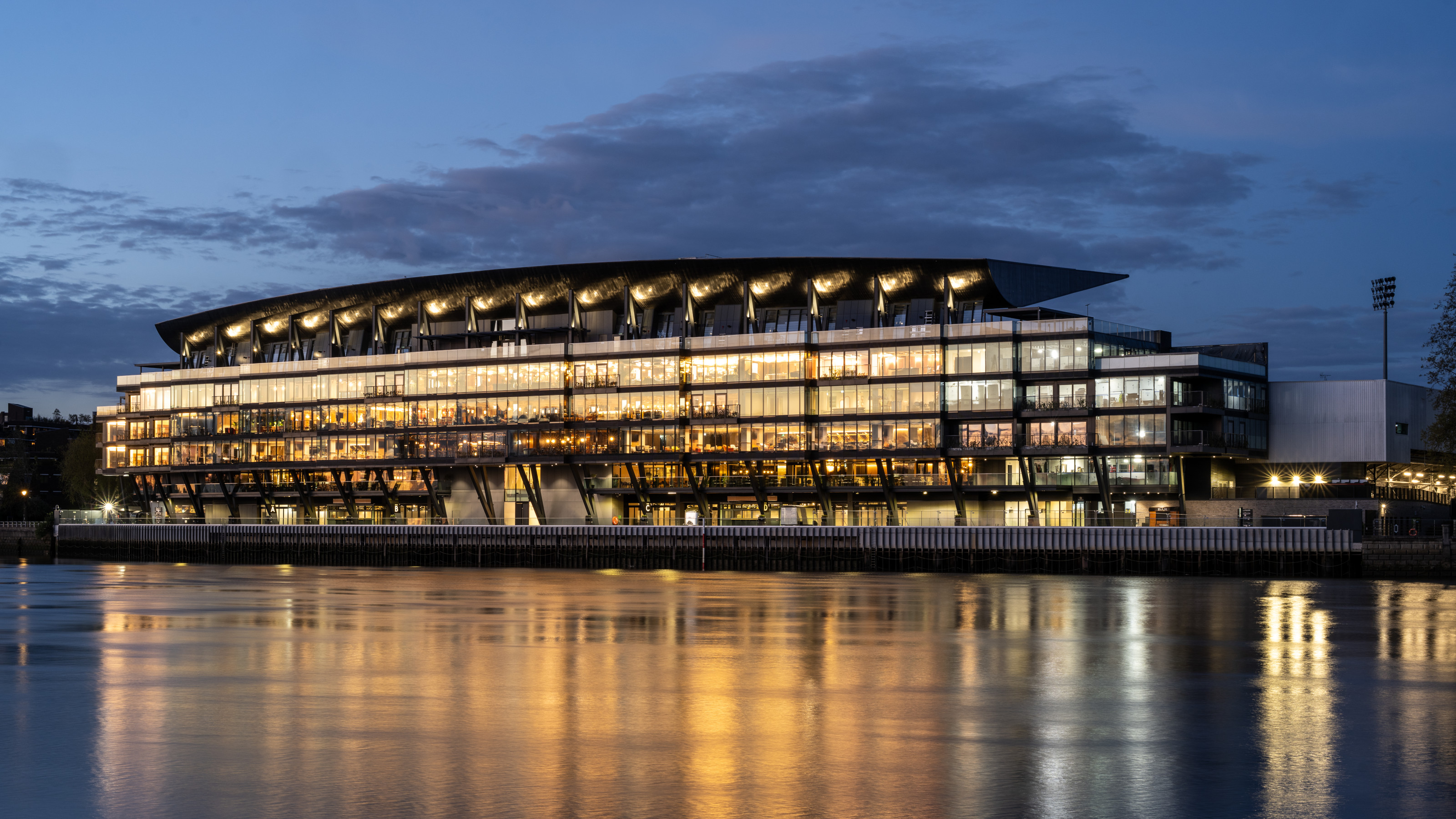 Fulham FC’s new Riverside Stand by Populous reshapes the match-day experience and beyond
Fulham FC’s new Riverside Stand by Populous reshapes the match-day experience and beyondPopulous has transformed Fulham FC’s image with a glamorous new stand, part of its mission to create the next generation of entertainment architecture, from London to Rome and Riyadh
-
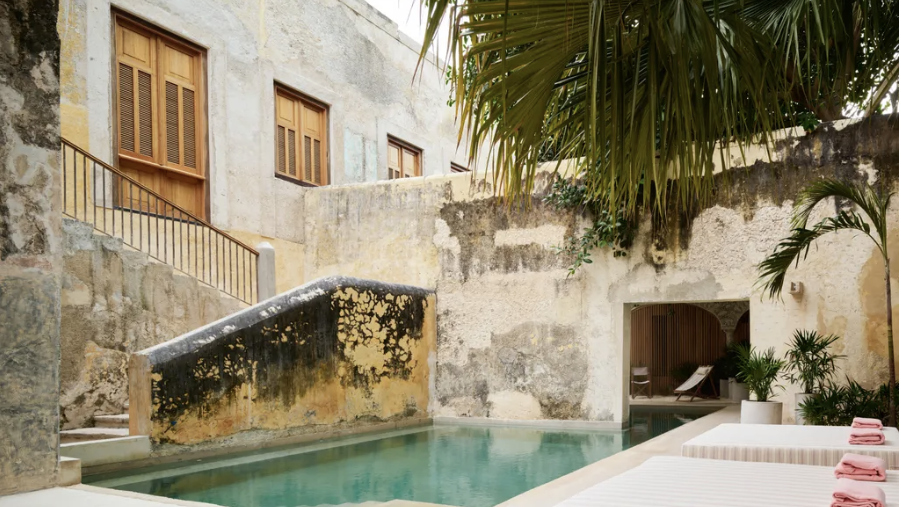 A contemporary Mexican hotel emerges from a 16th-century ruin in Mérida
A contemporary Mexican hotel emerges from a 16th-century ruin in MéridaA renovation project by Zeller & Moye, Mérida’s new Hotel Sevilla wears its architectural interventions lightly, mixing new brutalist elements into listed interiors and a palm-filled courtyard
-
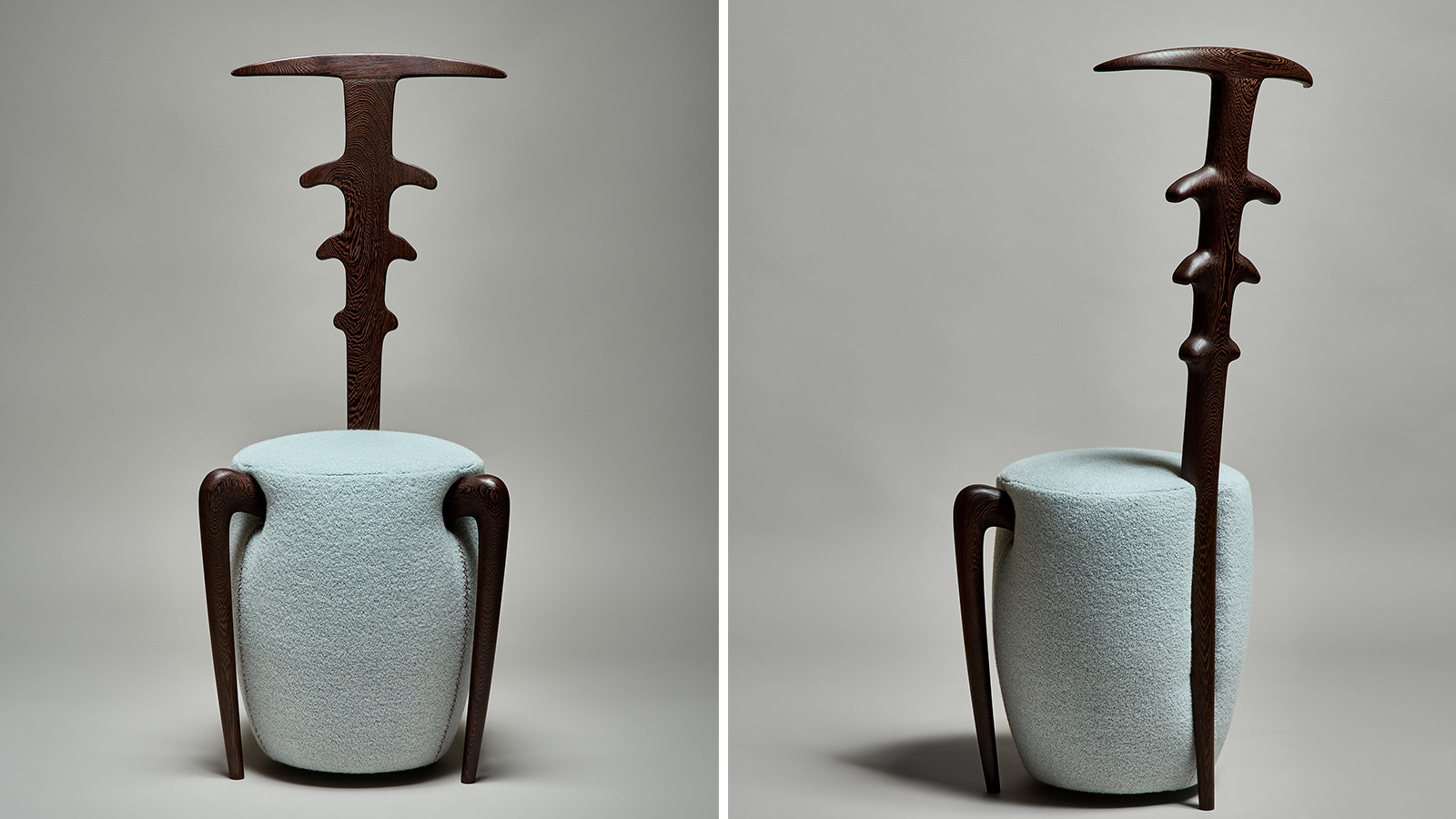 The Muravey Chair: Mehdi Dakhli on celebrating North Africa through contemporary design
The Muravey Chair: Mehdi Dakhli on celebrating North Africa through contemporary designThe designer balances innovation and tradition in his unique pieces, which take cues from his Tunisian heritage
-
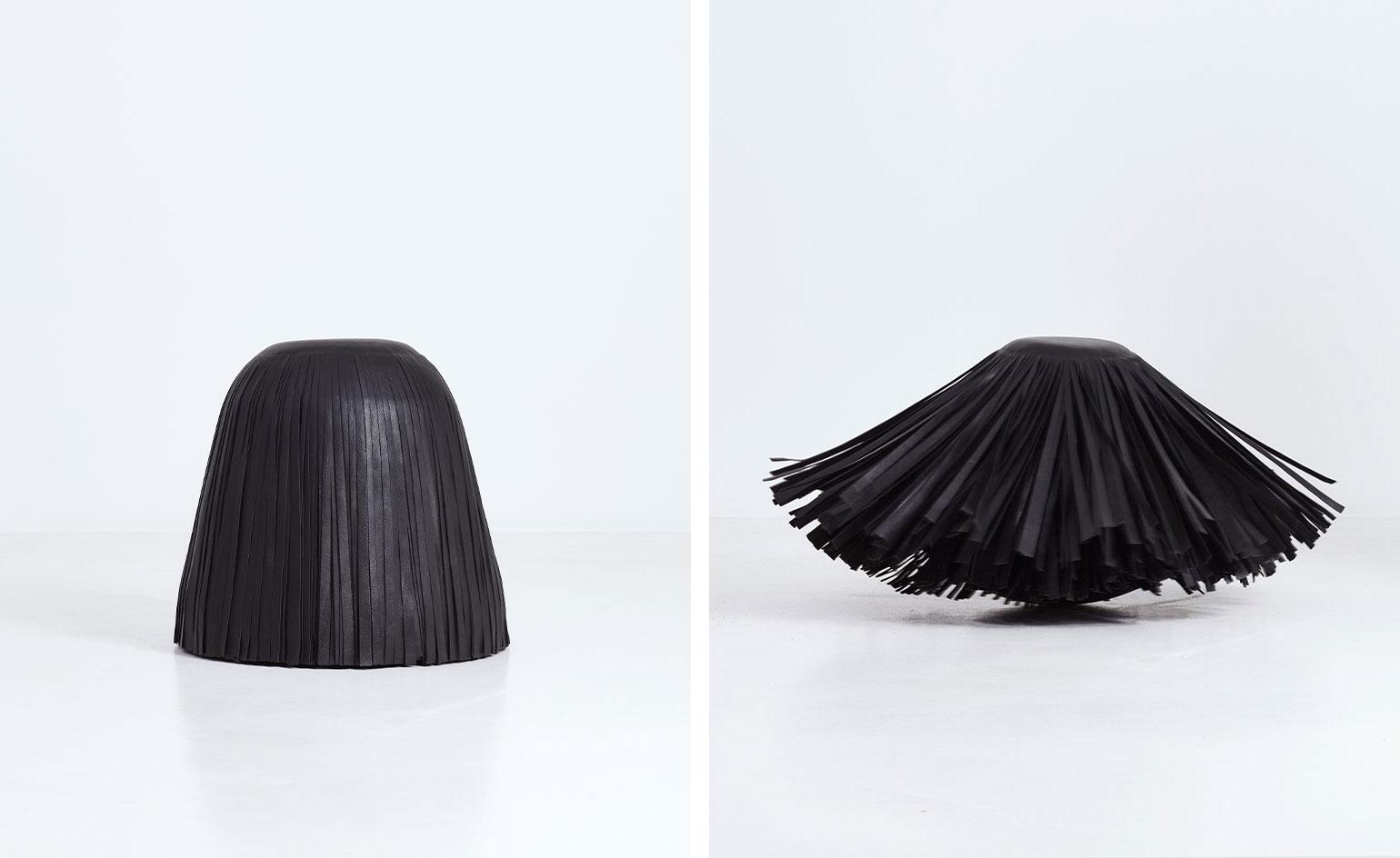 Nandipha Mntambo turns Afropunk ideas into functional seating
Nandipha Mntambo turns Afropunk ideas into functional seatingA new exhibition by Nandipha Mntambo features the artist’s first venture into furniture, on view at Cape Town's Southern Guild until 8 April 2022
-
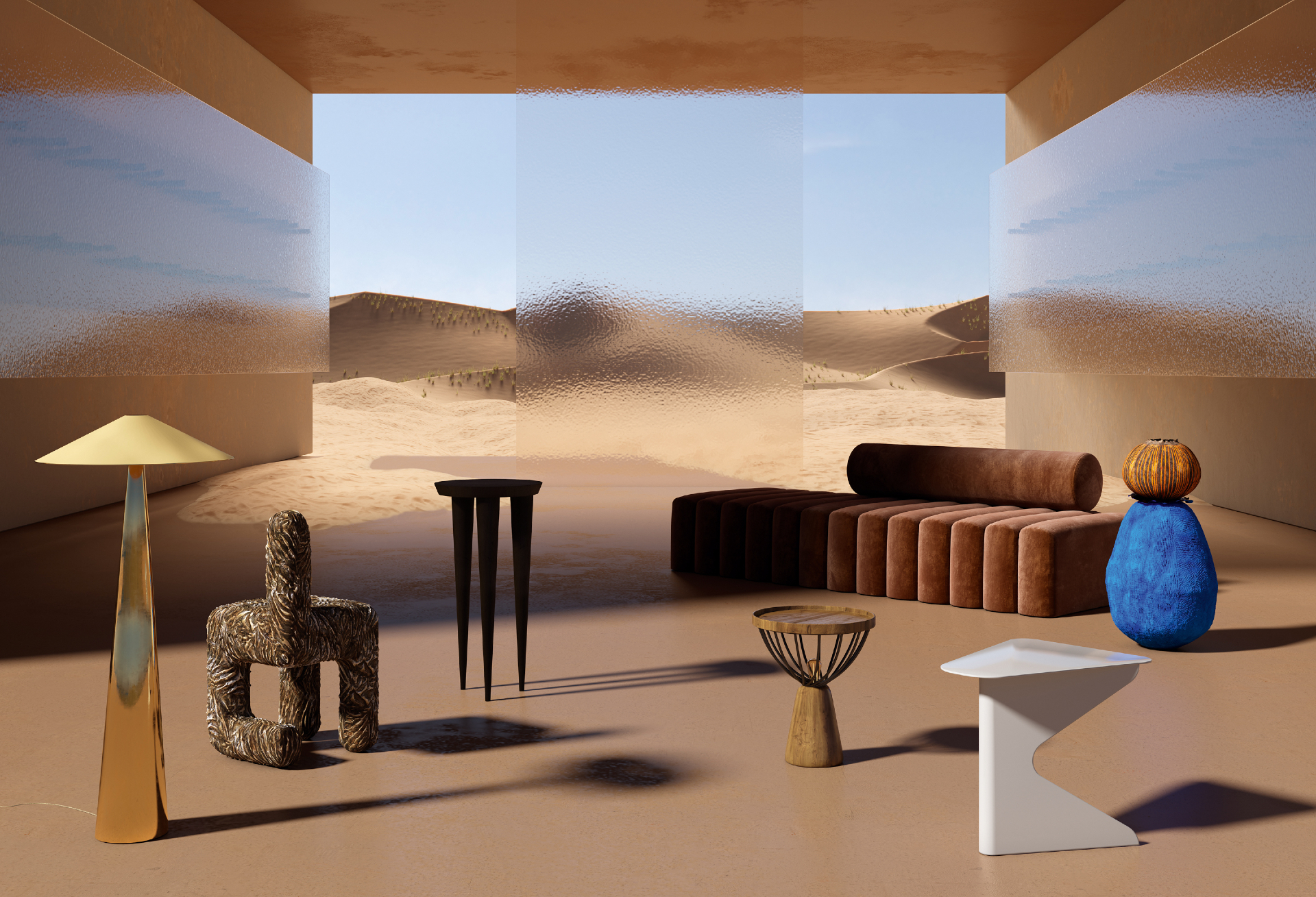 Wallpaper* Global Interiors: a snapshot of design in Africa
Wallpaper* Global Interiors: a snapshot of design in AfricaOur edit of furniture from the African continent includes pieces by Mabeo, Nmbello Studio, Murrmurr and Zizipho Poswa
-
 Blanket solution: Tekla Fabrics collaborates with John Pawson
Blanket solution: Tekla Fabrics collaborates with John PawsonThe new line of blankets is inspired by the architect’s Cotswolds home
-
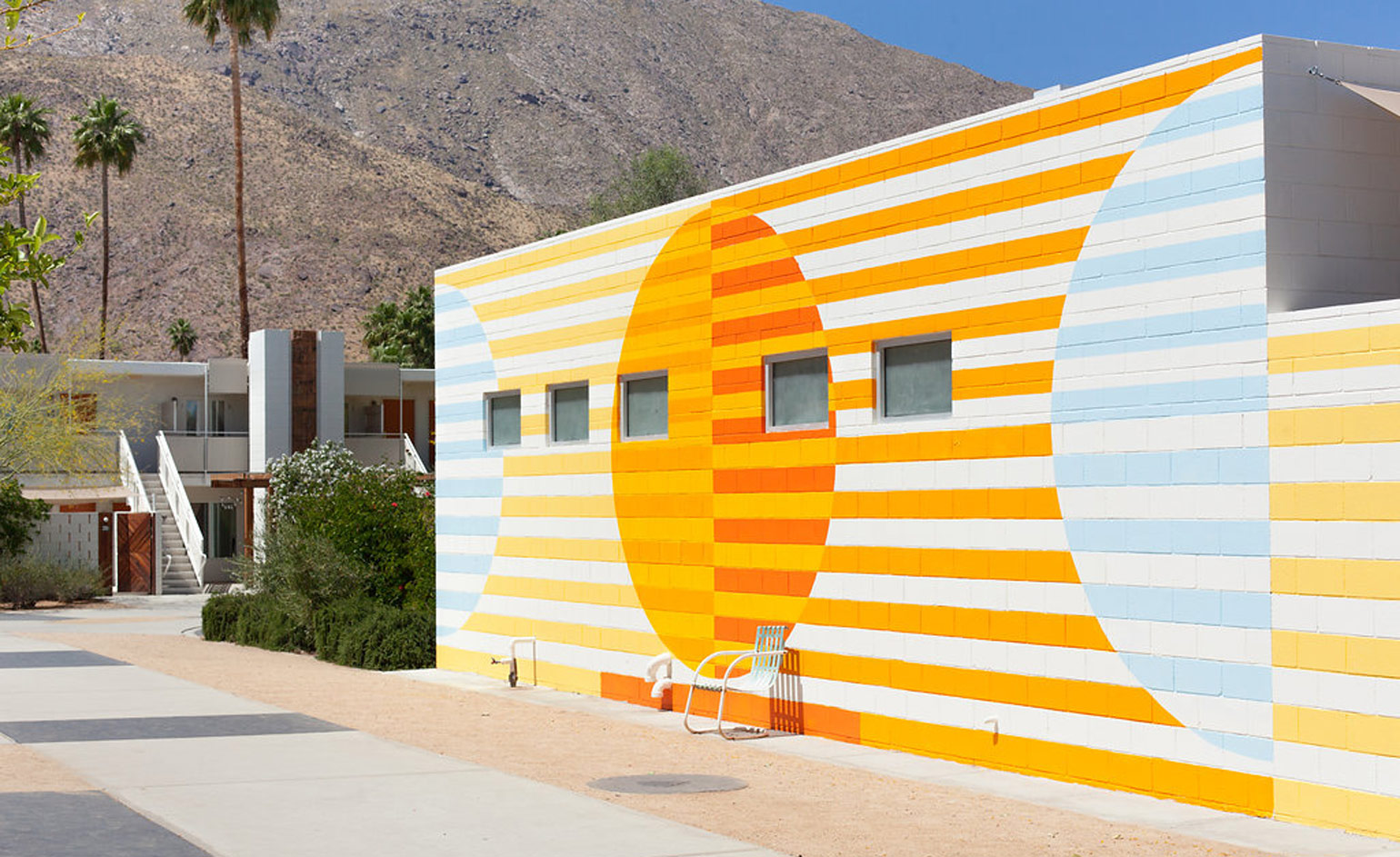 Ace Hotel and Block Shop unveil capsule collection at Modernism Week
Ace Hotel and Block Shop unveil capsule collection at Modernism Week -
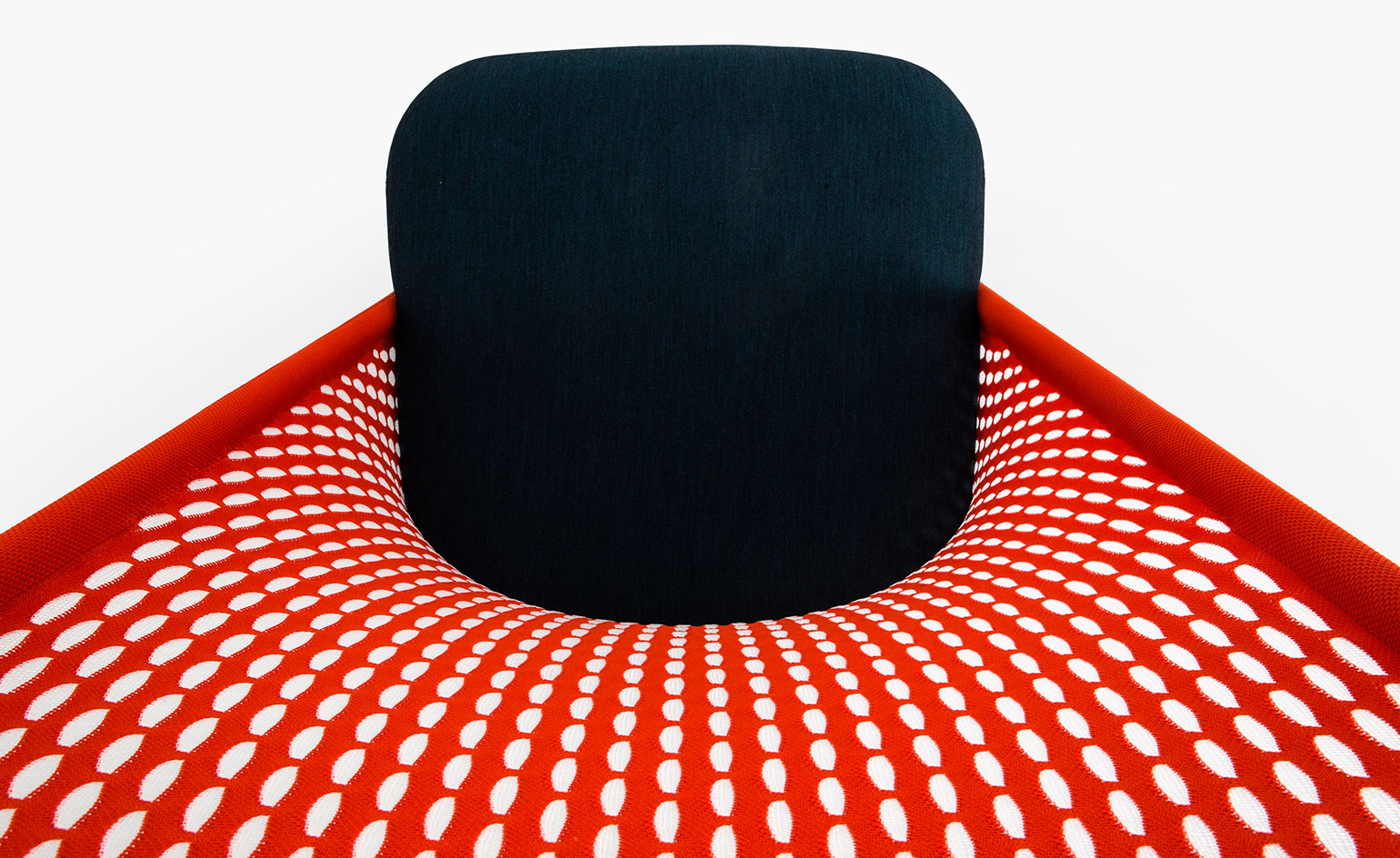 Seating situation: Layer’s ’Cradle’ collection comes to Clerkenwell
Seating situation: Layer’s ’Cradle’ collection comes to Clerkenwell -
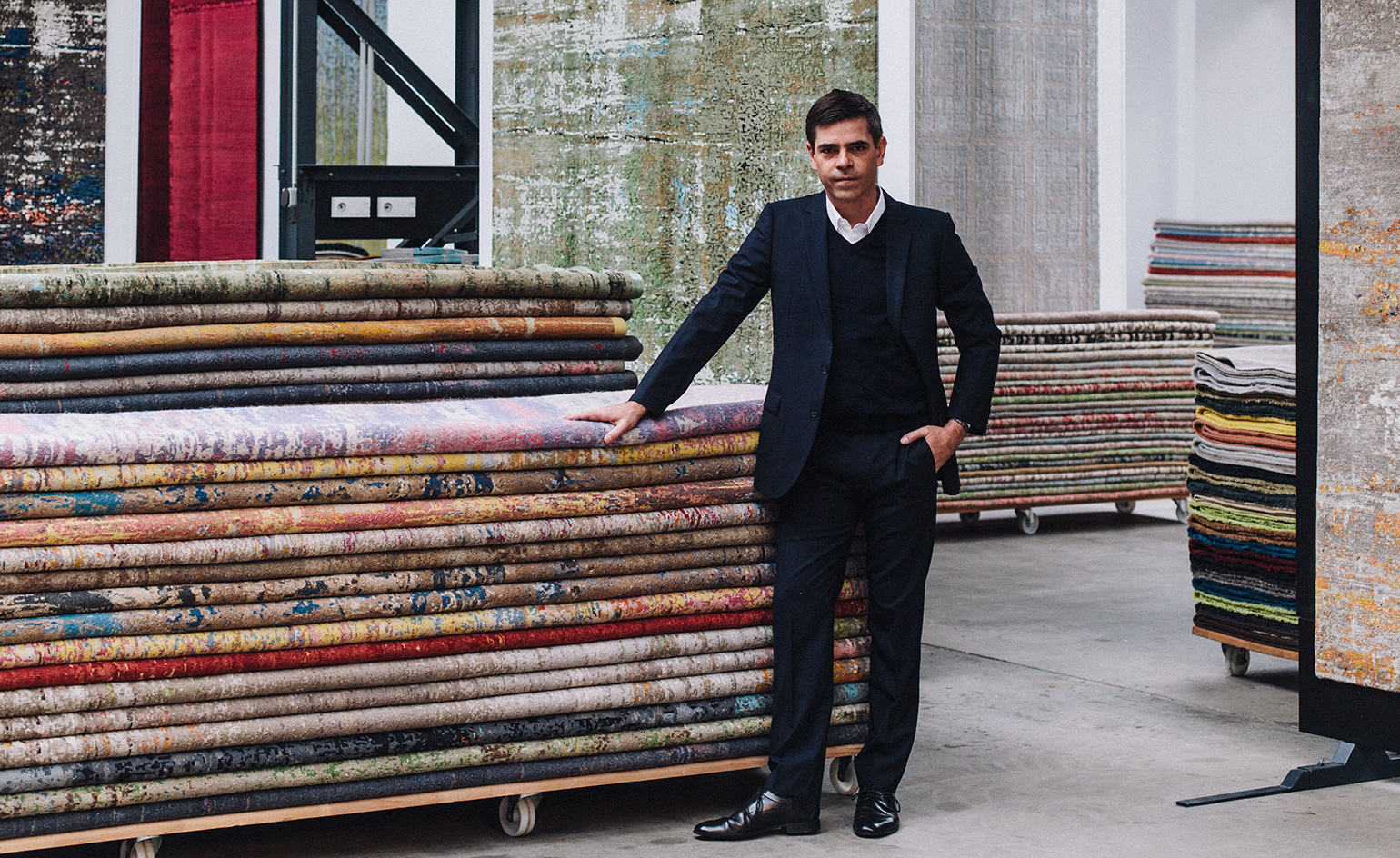 Magic carpets: Wallpaper* meets Jan Kath
Magic carpets: Wallpaper* meets Jan Kath